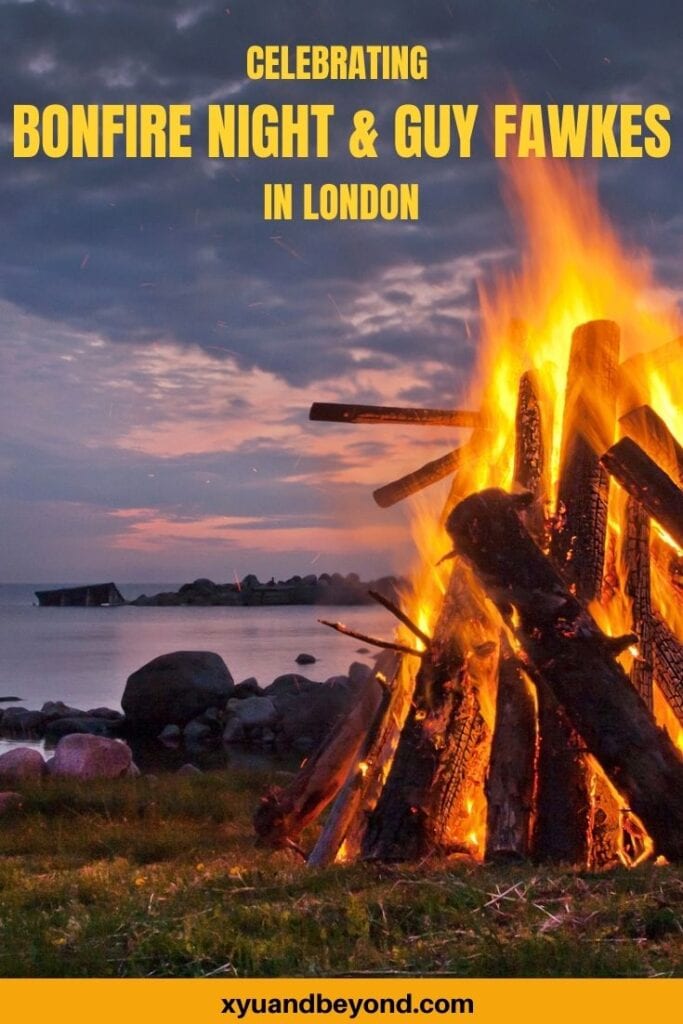What is Bonfire Night and who was Guy Fawkes?
Why do we celebrate Guy Fawkes and why do we celebrate fireworks night or bonfire night in London? Well, Guy Fawkes Night, 5th of November Fireworks Night or London Bonfire Night takes place on the 5th of November and it is a celebration of a historic figure attempting to blow up the Houses of Parliament in London and the fact that his act of rebellion called the Gunpowder Plot was stopped before any damage could be done.

Guy Fawkes celebrations
What is Guy Fawkes night? These are based around a historic event that became known as Guy Fawkes Night or the 5th of November. These days it is primarily known as Fireworks Night or Bonfire Night.
Guy Fawkes night in Britain from what I remember when I was a kid we used to go collecting for the guy in our neighbourhood. The cries of “penny for the Guy” were all shouted out by the kids in all the neighbourhoods back then. After we had done our collecting we always headed out at twilight with our fireworks, sparklers, sausages and potatoes for the bonfire. Bonfire night was the British version of Halloween, as we didn’t even know that existed back then.
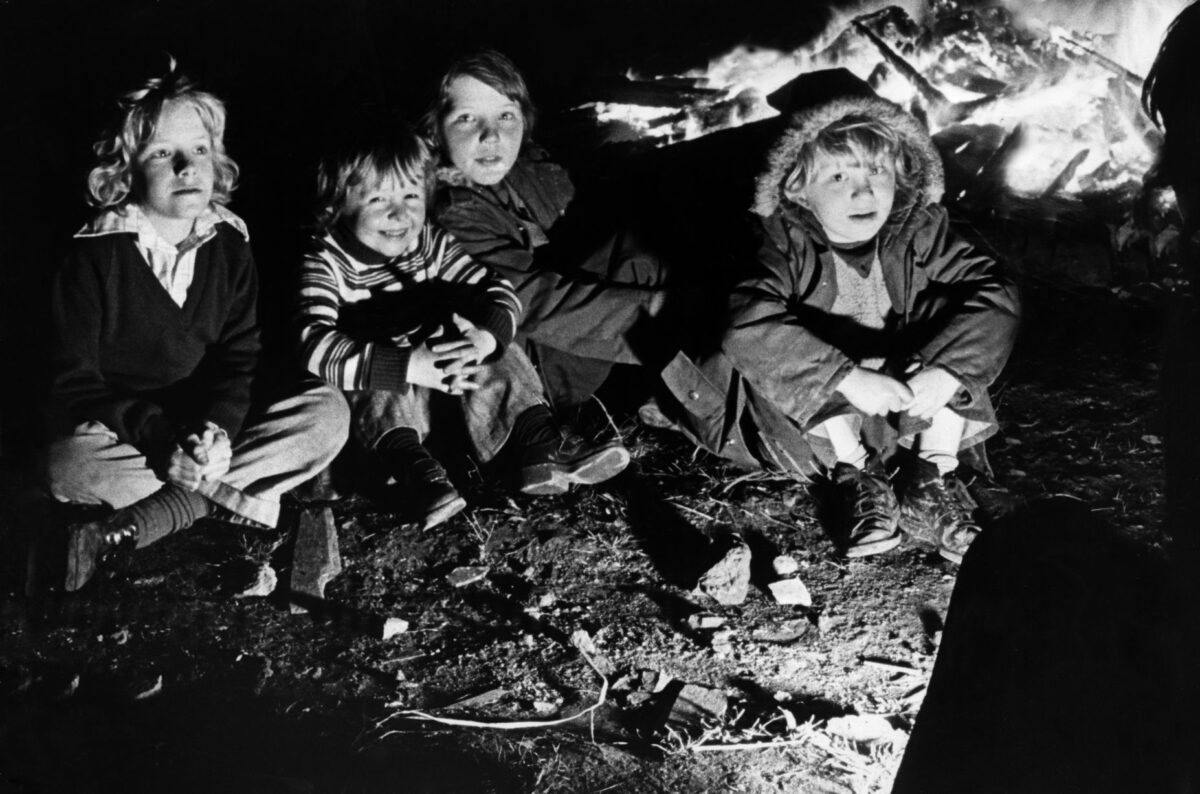
These lovely photos come from The Mirror in a piece they wrote on Guy Fawkes Night.
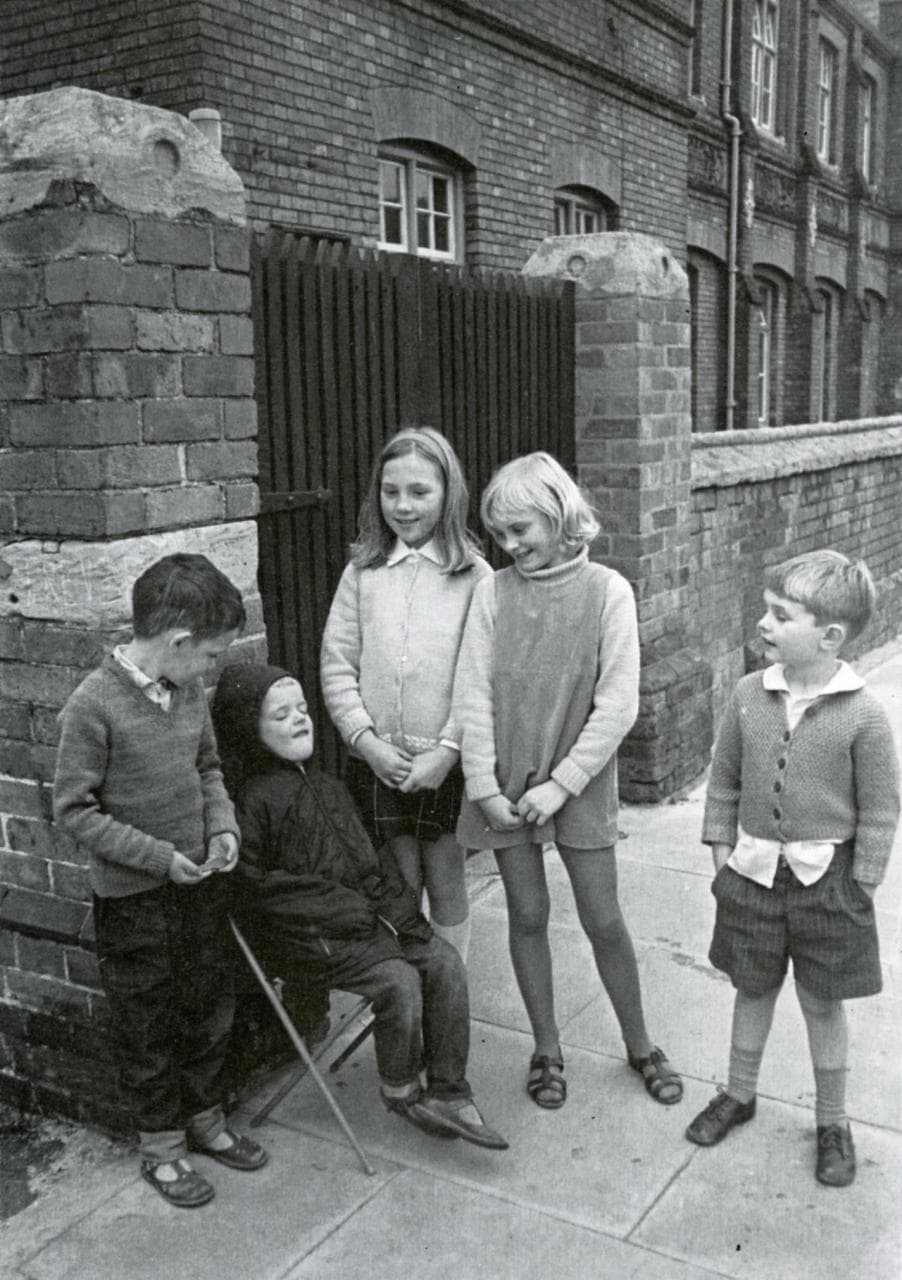
The tradition of Guy Fawkes-related bonfires actually began the year after the failed coup. The plot was foiled in the night between the 4th and 5th of November 1605.
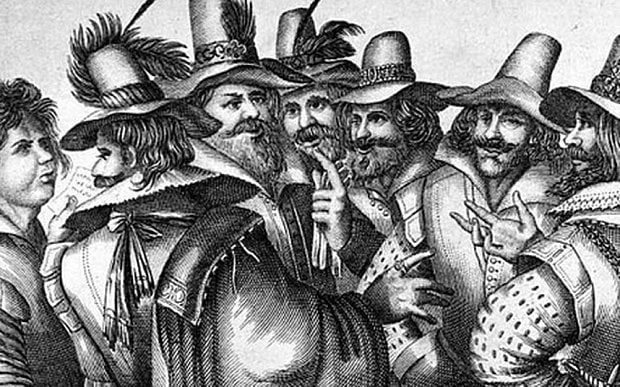
On the 5th of November, Londoners who had heard about the plot gathered in the streets and lit bonfires, as the years progressed this became almost a ritual on the evening of the 5th. Eventually, effigies made their way onto the fires, food was cooked in the ashes, and the celebrations became more elaborate adding fireworks and parties.
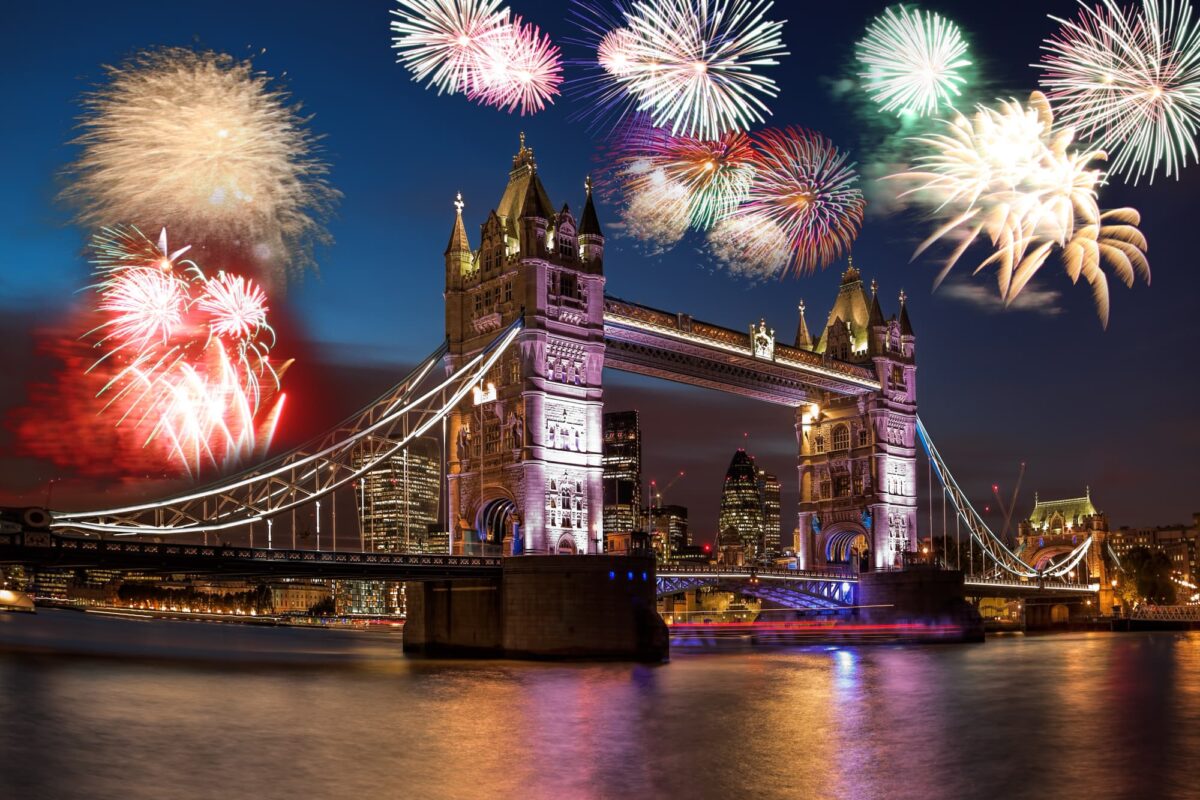
There’s a TV show you may be able to find called Gunpowder about the plot to blow up parliament. It’s done by that guy Kit Harrington who is starring in Game of Thrones.
It can be pretty gruesome at times but it really shows the truth about how the British treated the Catholics during those times. You will begin to understand how things like the Potato Famine came about when the English had no respect for anyone Catholic thanks to Henry VIII.

How is bonfire night celebrated?
Getting ready for Guy Fawkes Night (now dominantly called Bonfire Night), including making your dummy guy and getting some means of transport for it like an old pram or stroller. You would parade down the street with your guy and hope that people would respond to your “penny for the guy” calls.

With all the money you collected, you took off to buy sparklers and treats for the evening ahead. Most neighbourhoods held a communal bonfire and I remember many an old wardrobe and furniture being tossed onto the fire.
On the night, the Guy is placed on top of the fire and the sausages and potatoes are wrapped in foil and tucked into the embers. Then the community basically held a party and celebrated until the fires burned out. I am pretty sure that after we kids went to bed the adults had a few beverages.

Bonfire Night still exists here in the UK, it has almost been overtaken by Halloween and usually, fireworks carry on from October 31st until November 5th. Most communities will have a bonfire or fireworks night to celebrate the 5th. Not too many Guys about these days and some of the celebrations attract thousands of people.
Where to watch fireworks bonfire night in London?
One of the best locations would be the Shard where you can enjoy cocktails and a lovely meal. However, we have spent many bonfire nights hanging out on various London bridges where you can watch the fireworks over the Thames.

The History of Bonfire Night
On November 5, 1605, 13 Catholic dissidents planned to blow up the Protestant King (King James 1) during the opening of parliament. The assassination attempt went wrong and was foiled the night before on November 4th. Guy Fawkes was found lurking in the cellars below the House of Lords, just hanging around with 36 barrels of gunpowder.
The Gunpowder Plot of 1605 was planned by a Catholic known as Robert Catesby who with 12 other dissidents began to organise and explosive plot to blow up Parliament and the King. To do this, large quantities of gunpowder were placed beneath the House of Lords, which one of the conspirators, Guy Fawkes, would detonate during the State Opening of Parliament in the Palace of Westminster on 5 November 1605. If successful, the explosion would have destroyed the palace, killing the King, his family and most of the aristocracy.
The planned uprising came to nothing, and the other conspirators attempted to flee. Catesby, Percy, Jack and Kit Wright were killed while attempting to escape the authorities, but the surviving eight plotters were captured and eventually found guilty of treason on Monday 27 January 1606.
In a matter of a few decades, Gunpowder Treason Day, also known as Guy Fawkes Night, emerged as the primary state commemoration in England. With its clear Protestant undertones, it also became a rallying point for anti-Catholic feelings. Puritans warned of the perceived threats of Catholicism in their sermons, while the general public engaged in rowdy festivities where they burned effigies of disliked figures, including the Pope.
Who was Guy Fawkes?
Fawkes was born in Yorkshire to a well-known Yorkshire family and he was a convert to Catholicism. Because he was an adventurous man he left England and enlisted in the Spanish army in the Netherlands.
He had a reputation for courage and determination. In England, the man who created the plot to blow up Parliament decided he needed a man like Fawkes to help with their plot. A man was sent to the Netherlands to enlist Guy Fawkes to help. Fawkes was not fully apprised of the plan though.
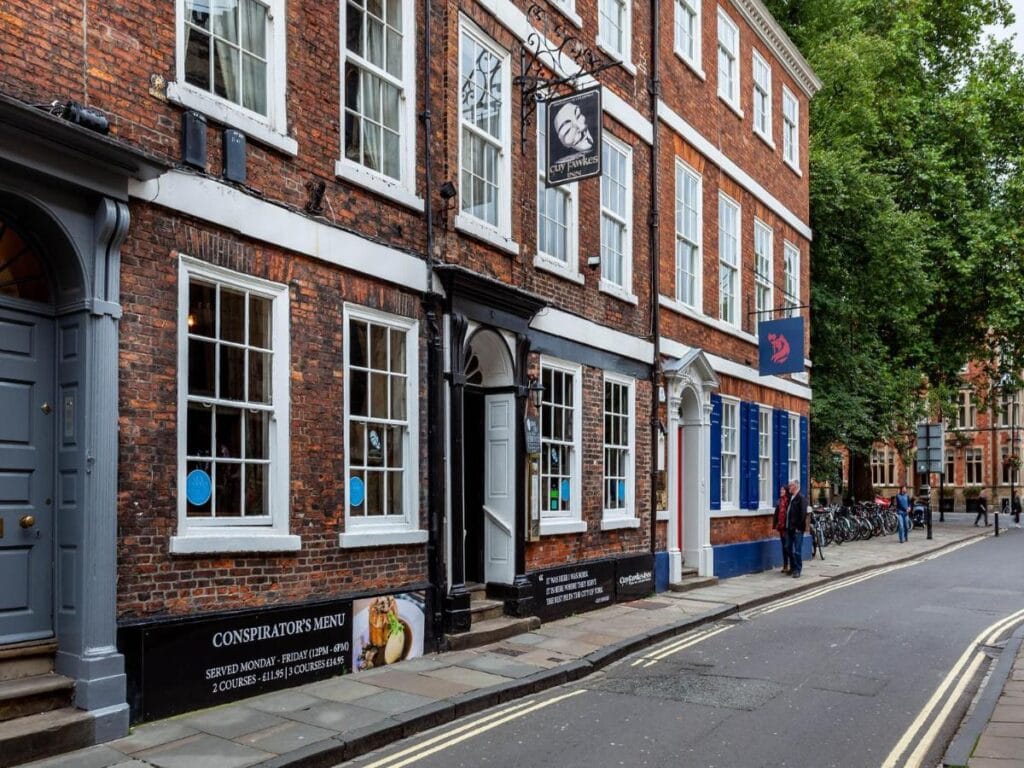
The plotters had rented a cellar under Parliament, and Fawkes planted 36 barrels of gunpowder there and camouflaged them with coals and wood. But the plot was discovered, and Fawkes was arrested. Only after being tortured on the rack did he reveal the names of his accomplices. Tried and found guilty he was to be executed opposite the Parliament building, but he fell or jumped from the gallows ladder and died as a result of having broken his neck, they still quartered him however.
After his capture, it took 2 days of torture for him to name the other 12 conspirators. He signed his confession Guido Fawkes. Guido jumped to his death to avoid the grisly sentence and the failed attempt on the King’s life has been celebrated now for over 4 centuries.
Even today Guards perform an annual search of the Parliament building to check for potential arsonists, although it is more ceremonial than serious. Lewes, in southeastern England, is the site of a celebration of Guy Fawkes Day that has a distinctly local flavour, involving six bonfire societies whose memberships are grounded in family history stretching back for generations.

Remember the Fifth of November
Remember, remember!
The fifth of November,
The Gunpowder treason and plot;
I know of no reason
Why the Gunpowder treason
Should ever be forgot!
Guy Fawkes and his companions
Did the scheme contrive,
To blow the King and Parliament
All up alive.
Threescore barrels, laid below,
To prove old England’s overthrow.
But, by God’s providence, him they catch,
With a dark lantern, lighting a match!
A stick and a stake
For King James’s sake!
If you won’t give me one,
I’ll take two,
The better for me,
And the worse for you.
A rope, a rope, to hang the Pope,
A penn’orth of cheese to choke him,
A pint of beer to wash it down,
And a jolly good fire to burn him.
Holloa, boys! holloa, boys! make the bells ring!
Holloa, boys! holloa boys! God save the King!
Hip, hip, hooor-r-r-ray!
This is a poem and song that used to be sung on the 5th of November, interestingly enough you may recall it if you live in North America as it was used in the V, for Vendetta movie.
This was a particularly brutal time for Catholics in England, Scotland, Wales and Ireland and many of the attacks and tortures that took place live on for people to this day.
As autumn turns to winter in the UK, the celebration of Halloween draws to a close and is in a way combined with Bonfire Night.

Top tips for Bonfire Night
Follow these top tips to make sure your Bonfire Night goes off with a bang:
- Many events do require a ticket so check ahead of time and book your tickets to guarantee entry.
- Lots of the vendors set up for food, drink, and trinkets only take cash so make sure you have some with you.
- There are always many more activities to enjoy on Bonfire Night so check what is happening before you go. There may be live entertainment, kids rides, a street food market, and much more.
- Check the weather it’s England it may rain, but wrap up warm and wear comfortable shoes and take a fold-up umbrella just in case.
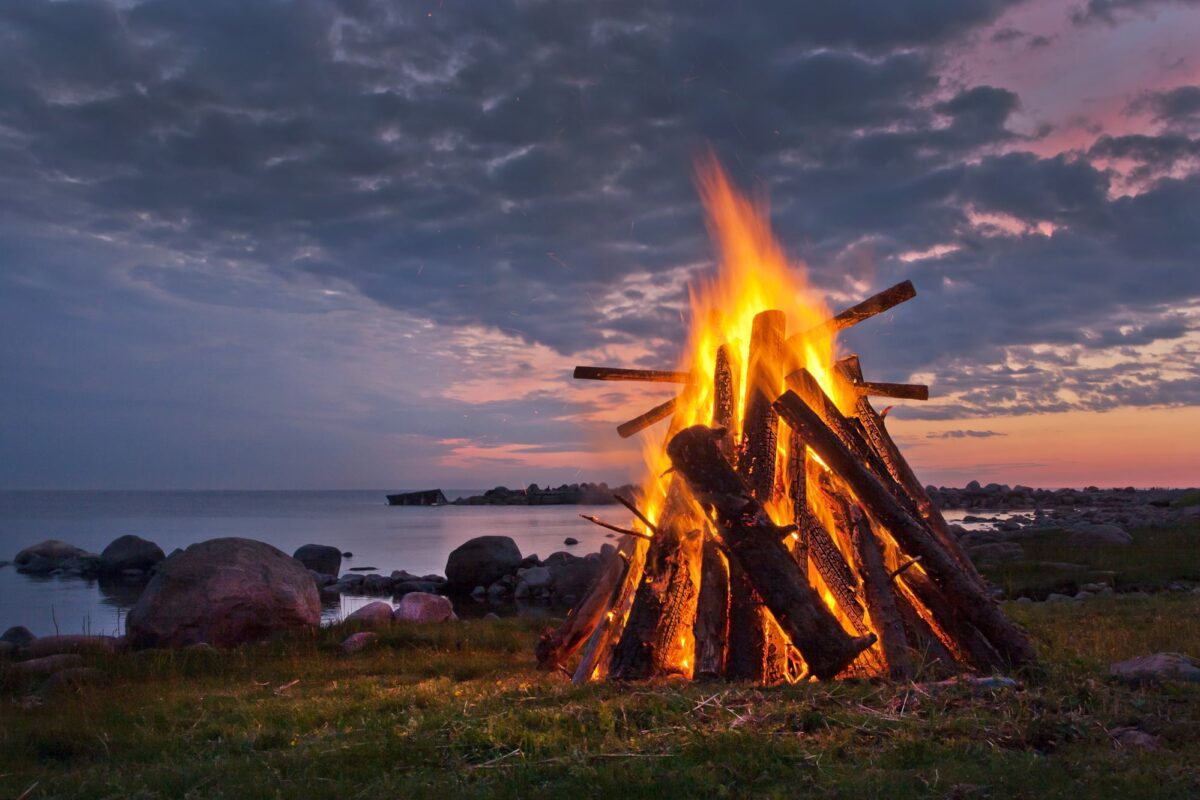
Bonfire Night Celebrations in London
Central London
Battersea Park Fireworks Display
Join the thousands of revellers as this pretty park is illuminated with a huge bonfire and a spectacular fireworks display. Tuck into food and drink from the various stalls or enjoy the family activities during the Battersea Park Fireworks Display on the banks of the River Thames. Alternatively, skip the crowds and watch the display from a different angle with an unforgettable fireworks cruise.
Southwark Fireworks Display
The free Southwark Fireworks Display draws in around 30,000 people; making it one of the largest free displays in the city. With a setting along the south bank of the River Thames and with plenty of food, drink, and entertainment on offer, it’s a great place to see your first Bonfire Night fireworks display in London.
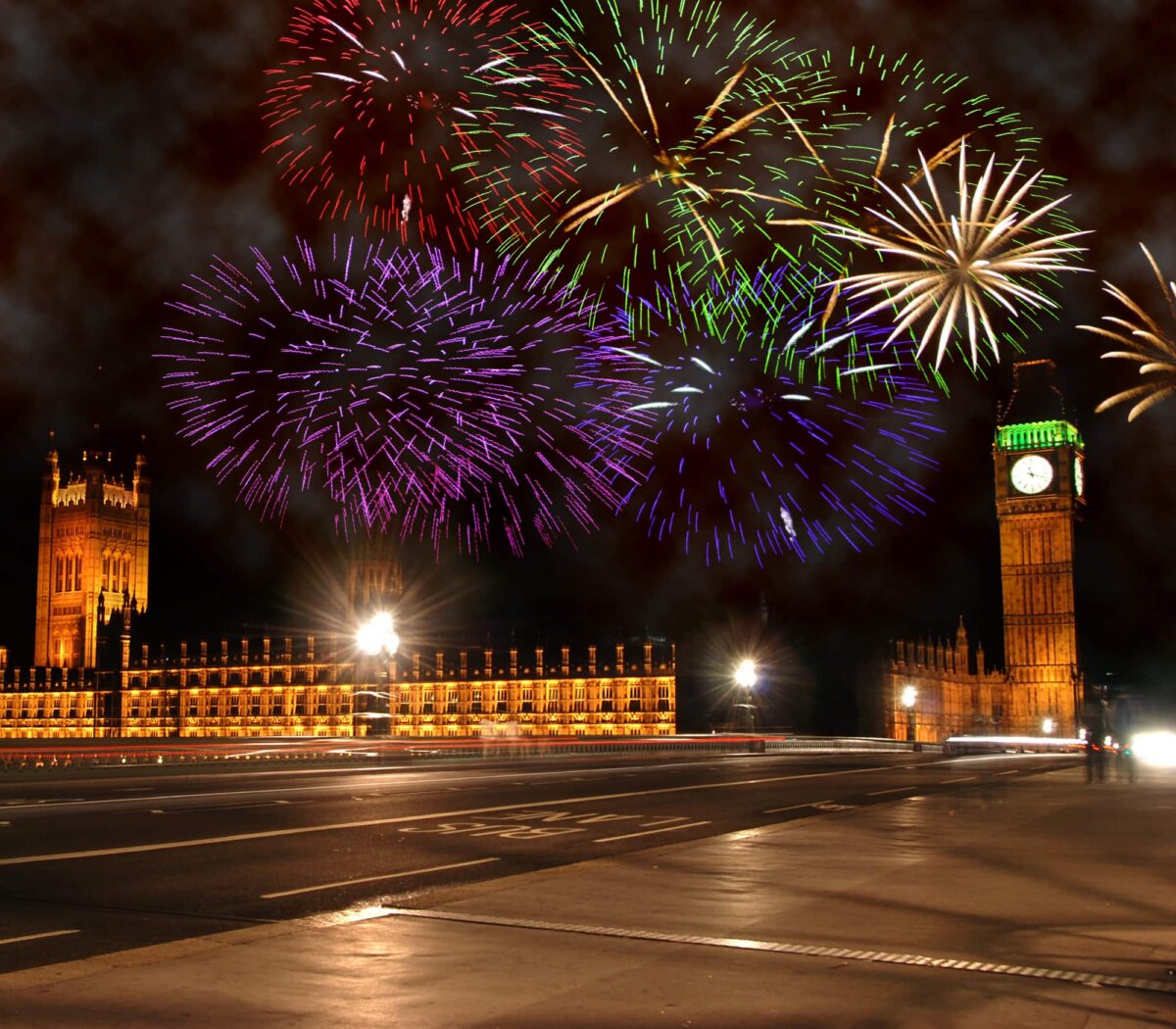
South London
Crystal Palace Park Firework Display
One of the city’s longest-running fireworks displays, the annual Crystal Palace Park Firework Display brings thousands to the South London park that’s also famed for its dinosaurs. Expect plenty of family fun, including a children’s firework display, food, and children’s activities at this alcohol-free event.
North London
Alexandra Palace Fireworks Festival
With views stretching across London and plenty of family activities to enjoy, the Alexandra Palace Fireworks Festival has become one of the top Bonfire Night events in London. With activities ranging from a German beer festival to funfairs and ice skating, there’s always plenty for all ages at this fireworks show.
East London
Blackheath Fireworks
Set in one of London’s largest outdoor spaces, the Blackheath Fireworks make a great evening out for family and friends looking to enjoy the fireworks in London in a buzzing atmosphere. Regularly hosting more than 80,000 people, it’s one of the largest Bonfire Night events in London; and what’s more, it’s free – leaving you plenty of change to indulge in some seasonal treats.
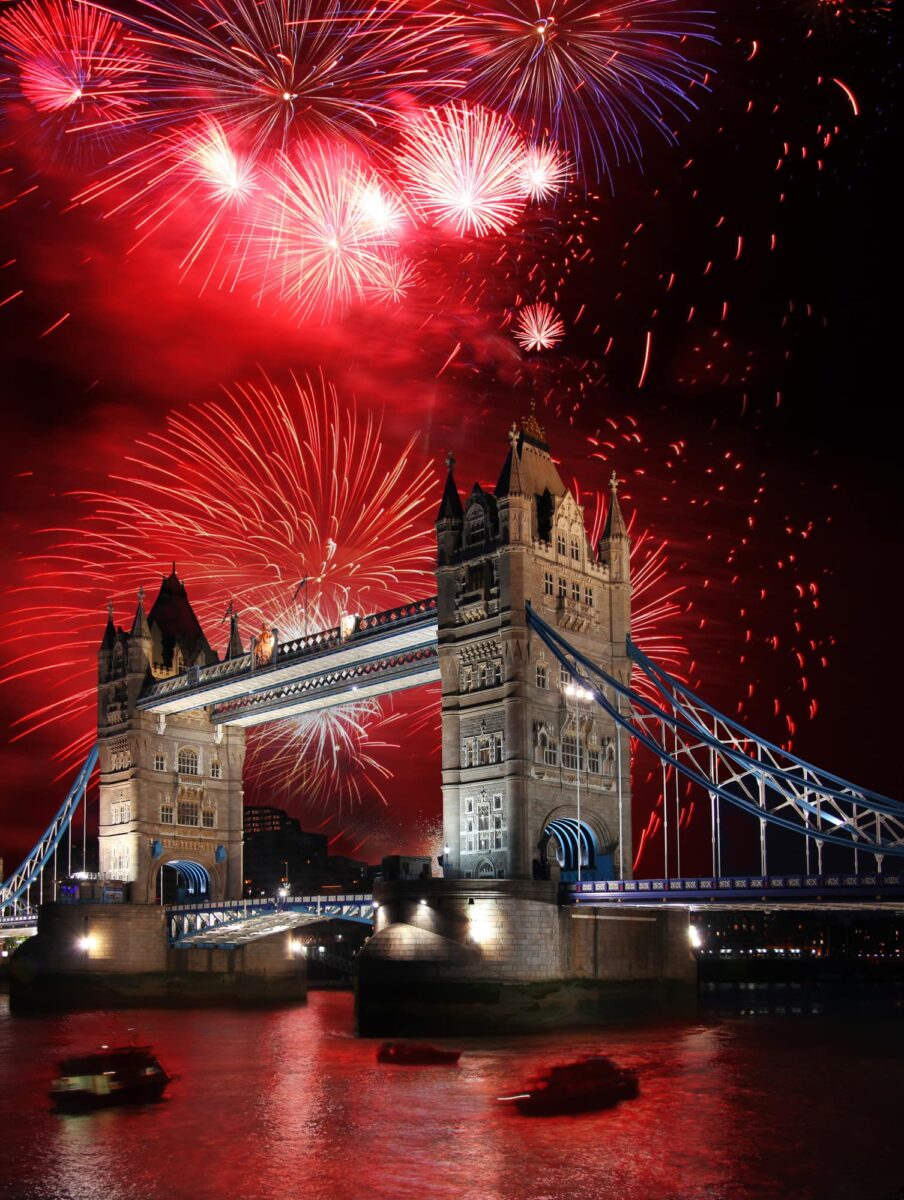
Victoria Park Fireworks
Head over to the Victoria Park Fireworks for an evening of Bonfire Night fun, with this year’s fireworks marking 350 years since the Great Fire of London. Keep warm with snacks from the food and drink stalls, before the fireworks display lights up the skies over East London. 6 Nov
West London
Bishop’s Park Fireworks
Sister event to the annual Bonfire Night in Ravenscourt Park, the Bishop’s Park Fireworks Display is a short walk from Putney Bridge Tube station and attracts thousands of visitors. With a funfair and an alcohol-free and dog-free policy, these Fulham fireworks are great for young kids.
Pin in for later
